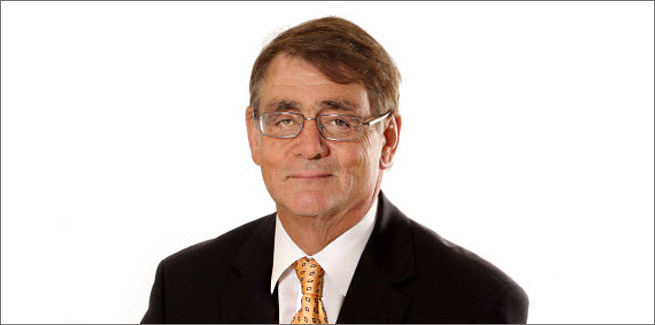If the major bank’s prediction of a fourth consecutive lift over August to 1.85 per cent is correct, this will be the highest that the cash rate has reached in over six years.
In July 2016, Australia’s cash rate was a figure of 1.75 per cent.
Justifying this position, according to Westpac chief economist Bill Evans, was the lack of clarity over whether the RBA’s stance had moved from stimulatory to neutral, and the bank’s prediction of June’s inflation reaching 5.8 per cent headline and 4.5 per cent trimmed.
“Since the RBA began announcing the cash rate publicly in 1990 it has never raised the cash rate in two consecutive meetings by 50 basis points each,” Mr Evans wrote.
“However, the Governor’s statement made no reference to that historical precedent, something that may have been done if he was signalling the intention to scale back the moves.
“Neither did he assess that the stance of policy had moved from stimulatory to the neutral range.
“Of some significance was the strong emphasis in the Statement on the importance of inflationary expectations. And most importantly he implied that the June quarter Inflation Report would be pivotal to future decisions.”
Mr Evans noted that it would be appropriate for the board to lift rates by another 50 bps, given the lift in inflation, and the RBA’s focus to return this figure to between 2 per cent and 3 per cent.
However, Westpac’s chief economist also stipulated that the bank is currently expecting the RBA to pause any growth in the cash rate over September and October as a means to assess house prices, consumer confidence and lending.
Earlier this month, Domain chief of research and economics Nicola Powell said that the combination of rising repayments and cost-of-living expenses could ultimately “impact serviceability assessments for borrowers” and weigh on household savings.
But the bank noted that a key detail for this will be whether the RBA’s assessment of what level of rates constitutes a neutral policy stance.
“We assess that stance as being in the 1.5-2.0 per cent range. Neutral is the rate at which policy is neither stimulatory nor contractionary,” Mr Evans said.
Mr Evans added that “given the powerful transmission from the cash rate to the household sector” – the bank concluding that 90 per cent of borrowers will be “directly affected by the RBA’s cash rate policy” by the end of 2023 – “‘neutral’ has been falling as households have lifted their leverage”.
“The concept that neutral is ‘zero real’ when inflation is back at the middle of the target band might be an interesting theoretical approach for a steady state analysis but ‘zero real’ is hardly relevant when annual inflation is trending towards 7 per cent,” Mr Evans said.
Mr Evans also stipulated that the bank’s prediction could change if there wasn’t any “significant wording” in the August statement.
These include commentary on the speed of rate increases, whether 1.85 per cent is in the neutral zone and if further increases are required.
In the space of three months, the cash rate has grown from 10 bps to 1.35 per cent.
Westpac has confirmed that it expects this lifting cycle to eventually resume, peaking at 2.6 per cent in February 2023 before pausing again in March.
The last time interest rates were close to this figure was in July 2013, when the cash rate was 2.75 per cent.
However, Mr Evans again said this is dependent on inflation.
“Although annual inflation will still not be within the target band, the board will be observing a significant easing in supply side inflation pressures which are likely to continue as global demand slows and supply adjusts to elevated prices,” Mr Evans said.
“The obvious easing in demand in the economy supplemented by increasing overseas arrivals will be closing the demand/supply gap in the labour market and provide the board with ample justification to maintain its pause.”
[Related: Lowe slams another 50-bp cash rate on Australians]
 ;
;
Comments (0)